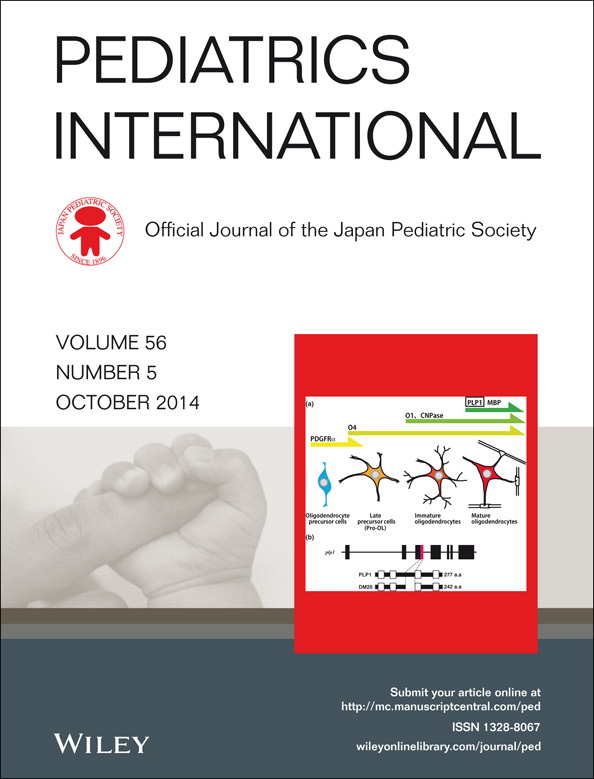QT and P-wave dispersions in rheumatic heart disease: Prospective long-term follow up
Abstract
Background
Simple electrocardiogram (ECG) markers have been used to evaluate conduction times. Acute rheumatic fever (ARF) is an autoimmune disease that affects these conduction times. The aim of this prospective long-term follow-up study was to evaluate QT, QTc and P-wave dispersions in children with ARF and chronic rheumatic heart disease (CRHD).
Methods
Sixty-four patients with ARF, 33 patients with CRHD and 41 healthy, age- and sex-matched control subjects were included in the study. The ARF patients were divided into two subgroups: carditis and arthritis. Echocardiographic and ECG measurements at the onset of diagnosis and final evaluation were included.
Results
QT, QTc and P-wave dispersions were significantly greater in both the ARF carditis and CRHD groups than the ARF arthritis and control subjects during the initial and final analysis (for all, P < 0.001). There was no significant statistical difference in QT, QTc and P-wave dispersion between the initial and final analysis in each groups. Severity of mitral regurgitation and left atrial enlargement were found to be positively correlated with P-wave dispersion (r = 0.438, P < 0.001; r = 0.127, P < 0.001, respectively). QT, QTc and P-wave dispersion greater than 52, 60 and 57 ms, respectively, had higher sensitivity and specificity for predicting ARF carditis.
Conclusion
These ECG measurements can be used in the diagnosis of ARF carditis as minor criteria with modified Jones criteria. In contrast, this increase in the dispersions is permanent in patients with ARF carditis.




